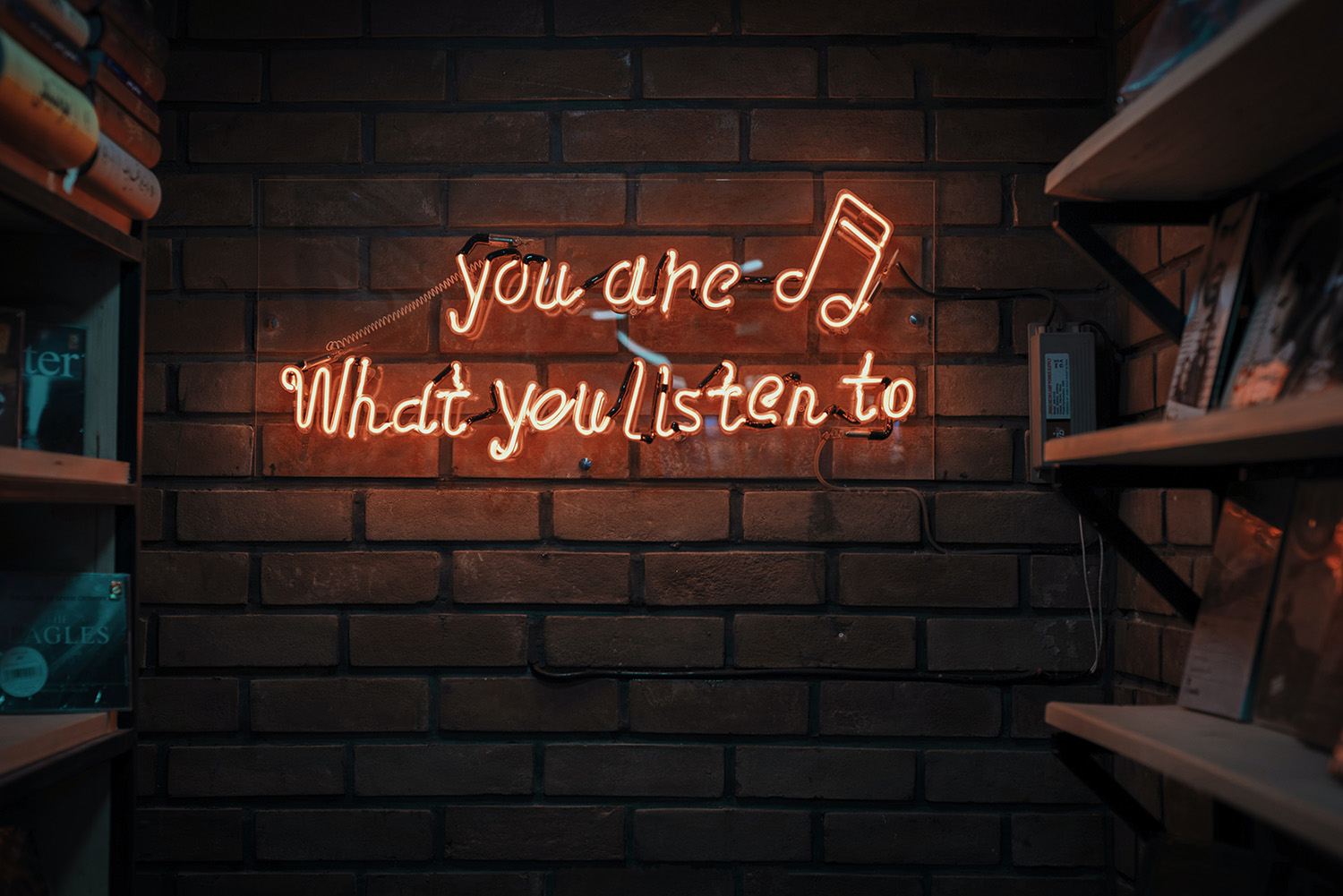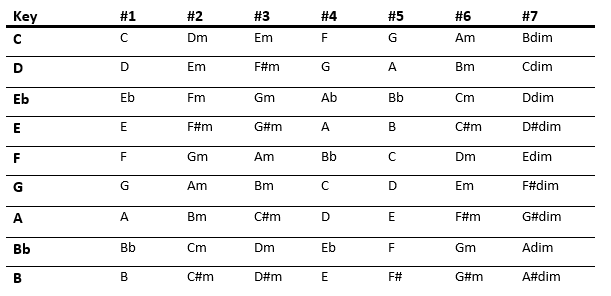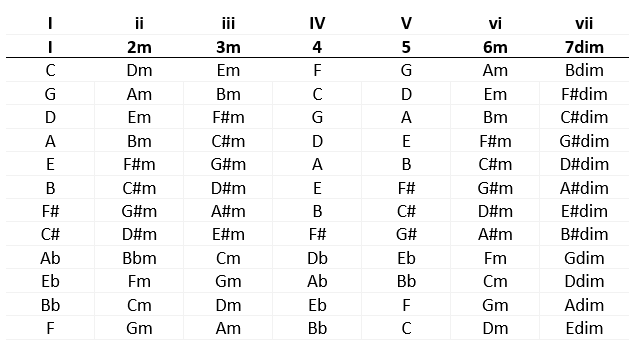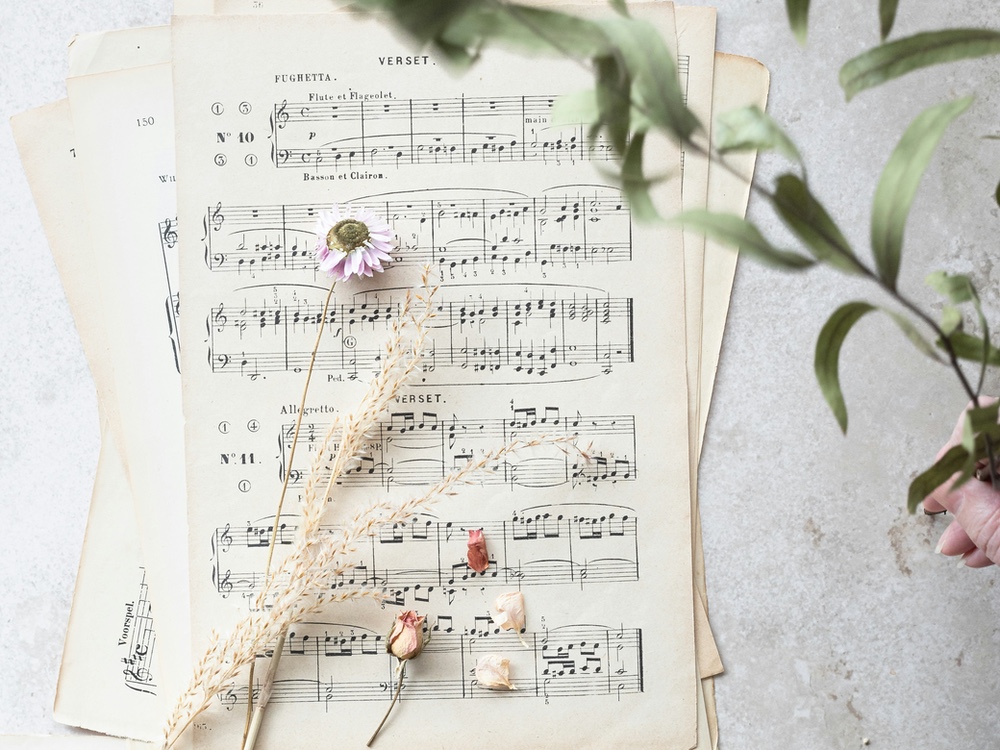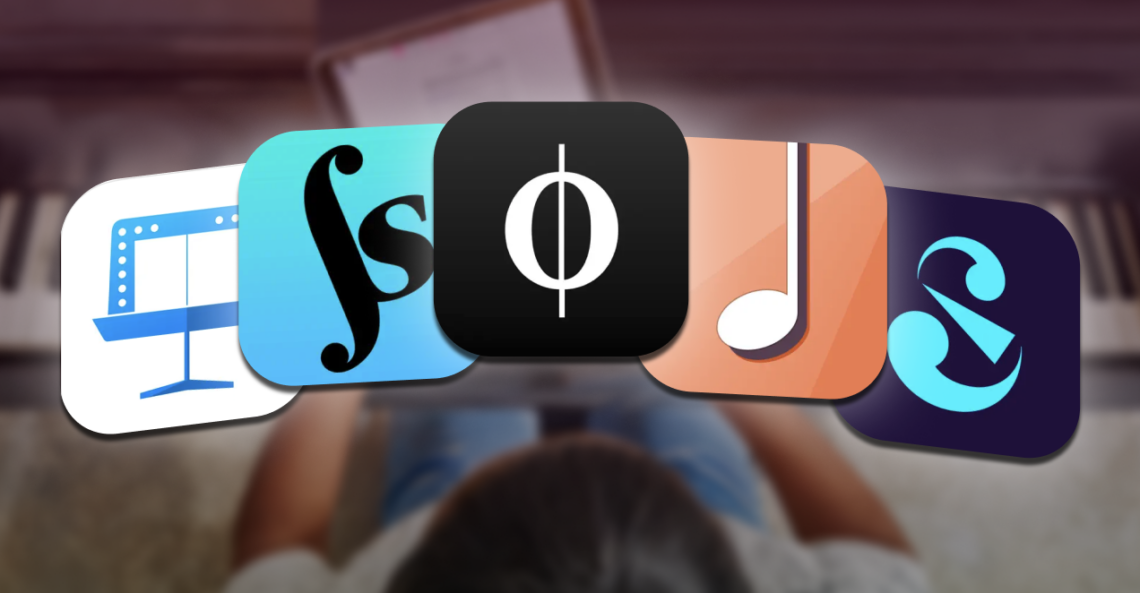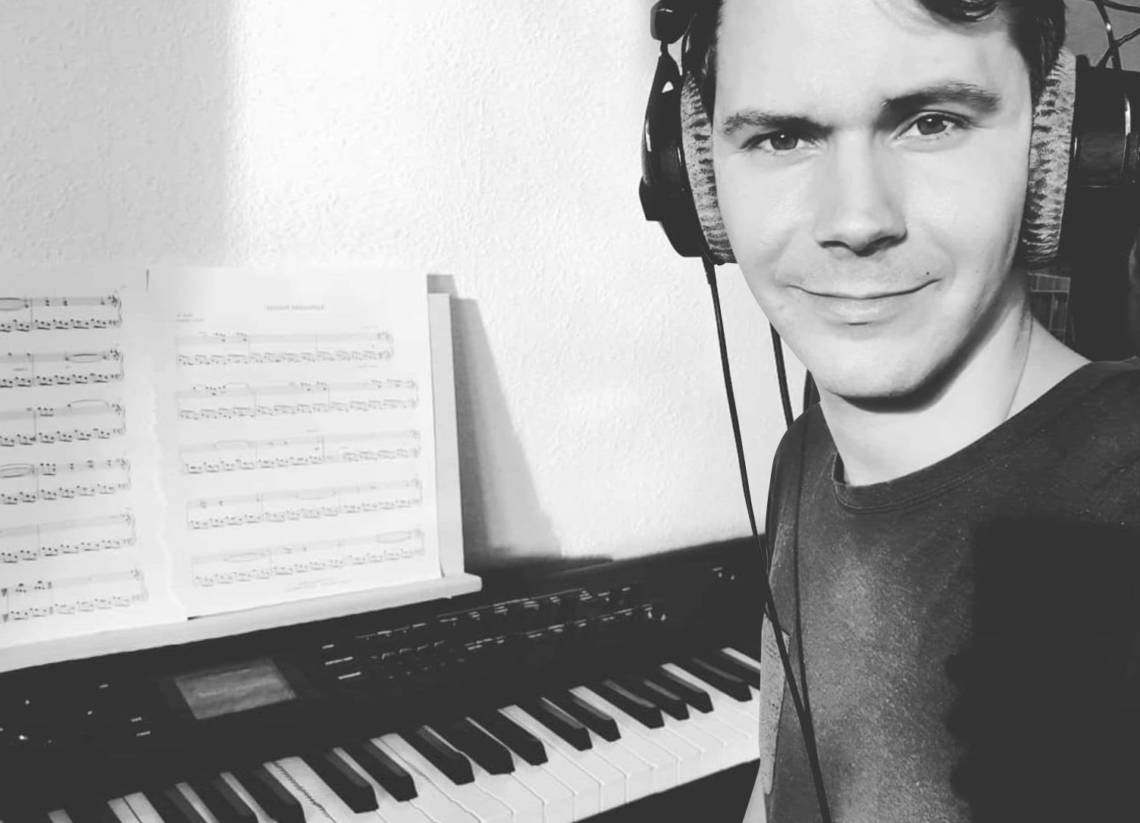One of the best things a musician can do is learn to play piano by ear. If you play an instrument, especially in a social setting, you will eventually pick little bits of this skill up. By actively training our ears we will speed up and refine this process. Unfortunately there is no trick or hack to jump ahead in ear training, unless you were born with perfect pitch. In this article we will show you the steps to take so you can learn to play piano by ear.
Modern Tech vs. Old Fashioned
Paul McCartney tells a great story about how he and the other lads once took a bus across Liverpool to learn the B7 chord. If you think about it the world has changed so much since then. Back then you didn’t have endless books, websites of chords, social media groups, and sheet music galore. If you wanted to learn a song you had to seek someone knowledgeable out or put the record on and figure it out.
Now we have electronic tuners and software that will literally break a song down into keys, chords, tempo, and the whole shebang. You don’t have to learn to train your ears! A computer will do it for you! But please don’t stop there. Training your ears will make you a better musician eventually.
You Must Listen and Practice
And that brings us to the entire point of this lesson, ear training is going to be hard and it will require work. It is ok to use some modern tech for practicing and checking if you are right, but in the end you want to do this old fashioned style. While there are plenty of ear training courses it is best to avoid those at first. They are best used after you have the basics down.
Top 3 Tips on Playing Piano By Ear
Listen to the Music
This is one of the easiest things to do, but you can’t just sit back and get lost in it. You need to actively listen to the song. What is the genre? Certain music genres have specific chords and even scales. You hear an early rock song? There is a good chance it is three chords like E, A, and B7 as Paul mentioned in the video above.
Pay attention to the rhythm and count the time. Rock songs often use eighth notes and funk sixteenth notes. Listen to how the bass and drums work together. The piano or the guitar often takes care of the melody and backing chords. Hum along with what you hear, as you begin to match the pitch you will know the ear training is working.
Learn About the Music
Practicing your chords and scales, specifically intervals, will give you a firm foundation to work on. If you don’t learn some music theory, the ear training will not really go anywhere. One of the best exercises for this is listening to intervals. Being able to hear an interval will help you flesh out the melody and the chords.
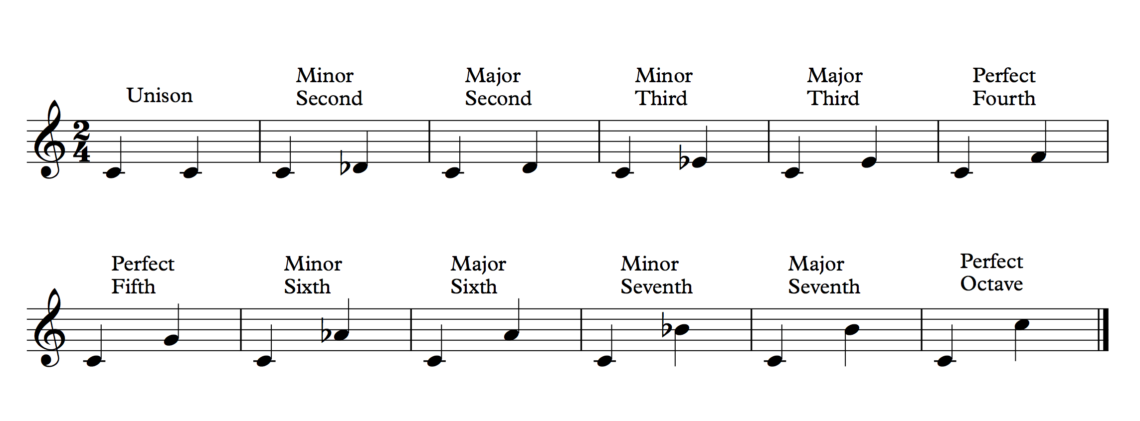
And speaking of chords there are a handful of progressions out there that are used over and over. Knowing how the most popular progressions sound will give you a head start on ear training. Luckily with a piano our intervals and chords are very straightforward and easily laid out in front of us (unlike on a fretboard).
Use the key chart below to choose a chord progression. As most songs follow specific chord progressions this chart could become your chord dictionary. Simply follow the # down the chart until you get to the key you have chosen (#2 in the key of A is Bm … and so on).
Of course you are here to learn piano by ear, but don’t let that stop you from playing another instrument. Your friend has a guitar? Pick it up and match the notes to each piano key. Also use your voice while playing. Play each interval like above and hum along with it. You will sound a little goofy doing this over and over, but that’s what it takes.
Play your scales up and down (ascending and descending) and pay attention to the intervals. When you learn a new chord, play it one note at a time and identify them out loud. It’s ok to noodle around as long as you are actively listening to how the notes work with each other.
Now Start Ear Training Courses
While the old fashioned ways are the best to start learning piano by ear it would be foolish to shun all modern tech. Once you have some basic music theory down, these apps and exercises will make more sense. And of course once you start getting good at listening you will want to advance. A structured lesson is very helpful as you progress into a higher skill level.
Let’s Try it Out With This Beatles Song
So let’s take an easy song like The Beatles “Love Me Do”. We have no sheet music! What do we do?
- Listen to the song multiple times. What instruments do you hear? What’s the time signature?
- Sit down at the piano and match the first few notes that they sing at 0:13. Always try to start with the main melody, not the intro. Play notes until you hear a match. Usually the first chord will be the key you are in. Did you find a match? G is the first note and the second. Now play notes up the piano until you get the 3rd note and 4th:
Love (G) Love (G) me (F) do (G with another note… try C).
How did we know to try C? Well the key of G has an F# in its scale and since we are playing F natural, that must mean we have a G7 chord (G, B, D, F) to start the melody with. That’s a rock’n’roll chord and we are on the right track. Ok, in the key of G what are our main chords?
Since most rock’n’roll songs are (I-IV-V) let’s try our C major and D major. Guess what the C works. And if you listen closely the song switches back between G and C until the bridge. The F is usually sung or played by the harmonica. When we get to the bridge at 0:56 we hear a new chord? How much you want to bet it’s the fifth D major. Bam!
(D maj) Someone to love (C) Someone like (G) You
3. Now you can basically play a rudimentary version of the entire song. Start it again and change those three chords as you hear them. Yes it’s nothing spectacular but you are now playing the song with no sheet music! And of course from here you keep listening to figure out more of the song, but you pretty much have it with those three chords.
And that is really all there is to ear training. “Love Me Do” is pretty simple and a great example to start on. But in real life training your ear can get tedious and annoying. The chances of you giving up are kind of high, because it’s so easy to rely on machines and sheet music. But if you take the time and train yourself every day in active listening and note recognition, you will one day be an incredible musician. You can play piano by ear; you just have to put the time and practice in!
